-
Posts
270 -
Joined
-
Last visited
-
Days Won
3
Content Type
Profiles
Forums
Resource Library
Events
Gallery
Blogs
Store
Community Map
Posts posted by Angus
-
-
I'm slowly build a spreadsheet record of what cabs and boilers where fitted and when from photographs I've found in various books for the G2s, J18/19s and the D16s.
I've found a reasonably priced copy of Locos of the GSR which hopefully will add some more information. It should arrive in the next few days.
Cab types, boilers, splashed cut outs are real minefield in the GSR days. It looks like almost every combination existed at some point. It's just a case of working out on which loco and when.
-
 1
1
-
-
I really like those Stirling style cabs, not classic MGWR in outline but very attractive non the less.
Looking forward to seeing you finish this one.
-
Thanks Mayner,
As discussed via PM I am aware of the pitfalls of using shot down etches but happy to take the risk.
Thanks for taking the trouble to reply.
-
April 1976 and August 1978 Model railways have arrived.
Apart from the Irish articles there is lots of good reading, I had forgotten how good Model Railways magazine was, albeit I didn't buy my first copy until the early eighties.
The D16 drawing is a side elevation of the loco and tender with a front view of the engine which the author admits to be being conjecture worked up from photographs.
I am glad to hear he is still around, he sounds a true gent.
The MGWR coaches are the same as, and actually better detailed in Mayner's posting of two broadstone drawings on this site.
But then I guess Mr Cramer didn't have access to the internet in 1976!
Mayner's posting here
and here
-
Thanks John,
That list is most useful,
I'll track down the copies of interest, I already have no 5 of the Irish Miscellany and nos 2 & 10 are winging their way to me as I type.
That just leaves no 9 to find which is the January 1978 edition.
Angus
-
Thanks both,
I read Jonathan Beaumont's Rails to Achill over Christmas along with a couple of MGWR books my wife bought me.
As a result the Achill bogies are creeping up my "to do list" also.
I think I'll gradually collect the Model Railways magazines and post up the list here.
-
 1
1
-
-
I've come across a series of articles than ran in the Model Railways Magazine from around 1975 to 1977 under the title of "Irish Miscellany".
I've bought one back number (October 1976) that has nice side, front and back elevation drawings of an MGWR E Class (GSR J26) .
I've also ordered another couple of back numbers where the description inferred drawings of an Achill Bogie (GSR D16) and a MNWQ 6w compo carriage.
Most of the other articles have a none descriptive title, or no information at all.
Does anyone have a list of these articles or access to them, they look like a potentially great resource?
-
 1
1
-
 1
1
-
-
Hi Mayner,
I would be interested in these (and perhaps some of your loco etches?) but model in 2mm scale.
Would it be possible to get the etches shot down to 2mm scale?
I'm more than happy to source/turn my own casting and parts.
Thanks
Angus
-
Having just invested in a ratio signal box interior the question has to be asked, how many levers at the Dromahair box?
Counting the signals on the Enniskillen side we have four signals visible in this photo from Ernie's Railway archive

The signal on the horizon having two arms (as seen in the photo below from the John J Smith collection held by the Bluebell Railway)
http://www.bluebell-railway-museum.co.uk/archive/photos/jjs/b06/6-92-8.htm
The strangely painted lower arm provided the signal to the driver that the crossing has been set for the goods yard when a train was to be set back into the yard to clear the mainline for another train.
At the Sligo end there are two signals as seen in another photo from the JJS collection
http://www.bluebell-railway-museum.co.uk/archive/photos/jjs/b06/6-93-6.htm
So that's six levers so far.
The crossover for the entry into the goods yard appears to be worked from a single run of point rodding so would account for another lever (the crank is behind the annoying placed gentleman in the above photo from Ernie's). I also think there two runs of rodding running east so I'm guessing a facing point lock operated by a separate lever (or did the SL&NCR use economical FPLs?).
So we are now up to eight levers.
There is another run of rodding running west just visible in this photo from the transport of delight website

In truth I am not sure what this is for, it seems to run to the level crossing gates.
As there was a crossing keeper at Dromahair responsible for the gates I am presuming these weren't operated from the box. So I am presuming this is a locking lever for the gates?
Finally the JJS collection gives a view of a distant signal at Dromahair, presumably there would be one of these in each direction?
http://www.bluebell-railway-museum.co.uk/archive/photos/jjs/b01/1-57-3.htm
This brings the tally of levers to eleven, so say twelve with one spare.
Finally I am presuming that the lever colours would follow standard UK practice (although I suspect anything is possible with the SL&NCR) of red for a stop signal, yellow for a distance signal, blue for a facing point lock, brown for the crossing gates lock and black for points?
-
 1
1
-
-
A bit more progress at Dromahair.
The yard has ballast down although I do need to add some static grass which should add a dash of much needed colour, and Mrs Hamilton's chickens are obligatory!
Thge sleepers have all been painted a light tan/grey colour to represent aged wood although I think a couple of washes with some dark grey is needed to tone down the effect.
I've also got the signal box stonework done. No masochistic scribing this time just Ration embossed sheets.
I still need to add the quoin stones, this will completed using thin plastic.
-
 7
7
-
-
I can't make London but I've signed up for the Manchester event in February.
Which is a shame as it looks a great agenda!
-
It was good to see your rolling stock in the latest issue of New Irish Lines when my copy arrived yesterday.
Mention of J I C Boyd reminds me, I got a nice surprise last year when my second hand copy of Neil Sprinks's Sligo Leitrim and Northern Counties Railway arrived.
Stamped inside the cover is:-
J.I.C. Boyd
Rinneen
Mathon Road
Colwell
Malvern, Worcs
23 APR 1970
There is also an typed half page precis of the book on green paper with a handwritten note "cheque sent 10/6 3-3-1970".
All in all a bit of a surprise and nice link to an author of several books I own.
-
 1
1
-
-
Hi David,
It's an interesting point you raise. I'm not a big fan of brick paper. It looks great in photos but always looks too flat when viewed with naked eye.
That said, having used embossed plastic in the past , this doesn't give a good representation either. In future I'm intending to switch to brick paper as it allows more variety of coursing.
For stonework the texture is more important. For well dress stone brick paper would suffice, for any other stone then I feel the texture is more important than absolute scale courses.
As with all things it comes down to personal preference and balance.
-
 2
2
-
-
Hi Galteemore
That lighting really gives a lift to the scene.
Did you mix LEDs or just use one type?
-
More stone scribing over the weekend has got all the platform faces complete and the rear platform wall.
There's still the wall at the back of the Goods loading bay but I'm going to wait until the goods shed is done so I can get the tie-in position right.
I've then been over the stones with some washes of paint, particularly the platform edging which shows up lighter than the platform surface in most photos.
To try and tone down the starkness I added some sienna yellow in at the end to give a bit of warmth.
The stones are a bit over-scale when compared to photo s but these are the smallest I can physically scribe.
I've also printed the station signboard and backed on some 10 thou plastic.
I've only found one decent photo of the sign, which I would guess dates form the 30s,

Next up I need to paint the sleepers and install the point rodding in prior to ballasting.
Rather surprisingly for the SLNCR, the photos do seem to indicate the presence of ballast at Dromahair"
-
 5
5
-
-
Hi Galteemore,
Both the van and building look great.
I'm glad to see the van getting some work. As jbh171achill has said too many layouts have well weathered rolling stock, great buildings with a nice colour tone then ruined by a garish out of the box car or van. Yours fits in well.
-
 1
1
-
 1
1
-
-
Thanks both.
The black wash was just to exaggerate the scribing prior to painting.
I was surprised how effective it looked although in reality it does look a little stark and in need of some tone and more colour.
-
Following on from a trial scribing the foam to represent rough cut stone I've done the first wall.
This is just scribed foam covered in a black wash. I need to dry brush some lighter greys and browns to introduce more subtly to the colouring. The top surface in particular needs considerably lighting.
None the less I am pleased with the effect so far.
-
 3
3
-
 1
1
-
 2
2
-
-
Puzzle sorted.
In this extract from the video slideshow on the Dromahair Heritage site (https://dromahairheritage.wordpress.com/2018/04/27/s-l-n-c-r-and-dromahair-station/#comments) the detail can just be seen.

There is a better quality picture in Neil Spinks's SL&NCR Pictorial book.
The gutter falls toward the porch then drop down in a series of two bends into the hopper.
I bet they were a bugger to keep clear of leaf fall!
-
 2
2
-
-
Hi Brothie,
I did wonder if that might be the case but hoppers look higher than the front of the porch. It might just be an optical illusion in the photo mind.
I'll have to spend some time looking at the historical photos.
-
Thanks Galteemore those two views are most useful.
I haven't seen a rear view of the goods shed.
I am puzzled why the downpipe hopper is so low though.
It's the same on the front:-
-
Well, the inevitable happened when I soldered on the coupling rods onto the Y class and I managed to solder two of the pins solid.
Strangely this was the last two I did so I was obviously getting complacent. I've freed them off now but in the process loosened one of the wheels.
With a bit of fettling everything is running again, I just need to attack the recalcitrant pins again when I'm in the mood.
Instead I turned my attention to developing the layout a bit more.
Some 6mm MDF was salvaged from the garage and cut to shape for the station platforms. This actually took quite a while due to the need to size everything around the buildings. And there in lies a problem, I can't find any consistent data of measures. So short of trudge across the Irish Sea with a tape measure (I did suggest a holiday to my wife but she seemed unimpressed by the this....) I've gone with what looks right.
My datum points were the 25 inch OS map, Bing maps aerial view and Google earth. All three give different dimensions for the buildings
What initially threw me was the goods shed. I had presumed this would be the same as the one at Glenfarne. It looks similar in the photos and an I've bought an Alphagraphix kit of the structure, scanned it in and re-scaled it for 2mm. Looking at the Dromahair structure in more detail is is clearly a bigger building.
I think I've got back to a pretty good approximation. No doubt if I ever get to Dromahair armed with said tape measure I'll find I'm widely out. Still if it looks right........
The building in the photo above are just held together with bluetak. The corners need chamfering and more door and window cut outs are required.
The white strips are foam from a pizza base that will be scribbed and painted as rough stonework. Some initial experiments look promising.
-
 3
3
-
-
Thanks Galteemore,
I've just found a bargain copy, think I'll snap it up quickly.......
https://www.amazon.co.uk/Irish-Metro-Vick-Diesels-Colourpoint-Transport/dp/1898392153
-
 1
1
-
-
On 10/30/2019 at 8:32 AM, David Holman said:
On a different note, managed to get a secondhand copy of Colin Boocock's Irish Railway Album at a show last weekend. In the short section on the Sligo he writes that Sir Henry reached 60mph between Collooney and Sligo on the 7.40pm mixed from Enniskillen. Given the nature of the train itself, even though the cattle wagons had been detached, 60mph with 4'9" drivers seems a bit fanciful. Any truth in this?
Thanks for the recommendation David.
I tracked down a copy of Colin Boocock's Irish Railway Album which arrived in yesterday's post.
Although coverage of the SLNCR is limited it is a very inspiring book.
There is a great picture of a C class at Sligo next to one of the SLNCR's 0-6-4t just before closure of the SLNCR, which provides a nice might have been for a C class on excursion traffic.
Elsewhere there this a love photo of a shiny new C Class hauling a train of three elderly six wheeled coaches. The juxtaposition of these items of rolling stock together creates an effect I'm itching to model.
Can anyone recommend a book on the C Class?
-
 1
1
-
.png.c363cdf5c3fb7955cd92a55eb6dbbae0.png)

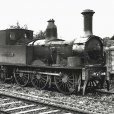
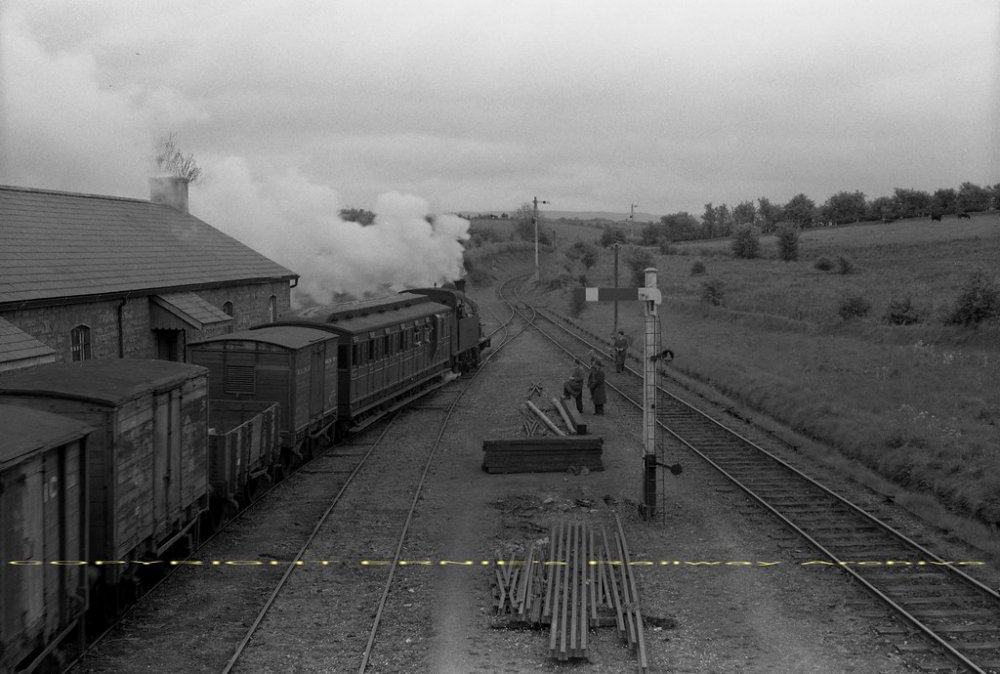
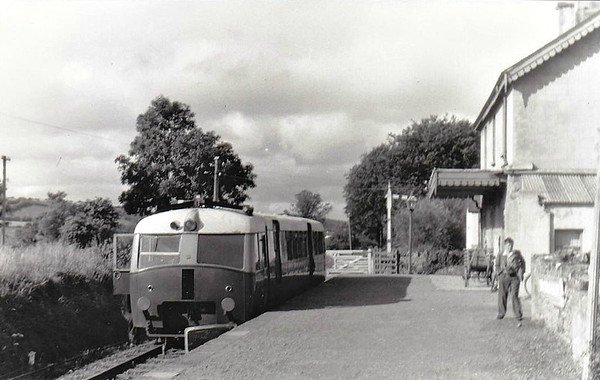
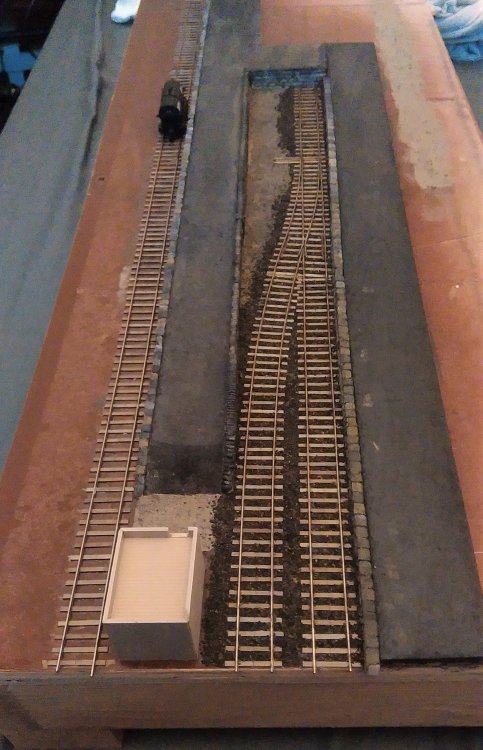
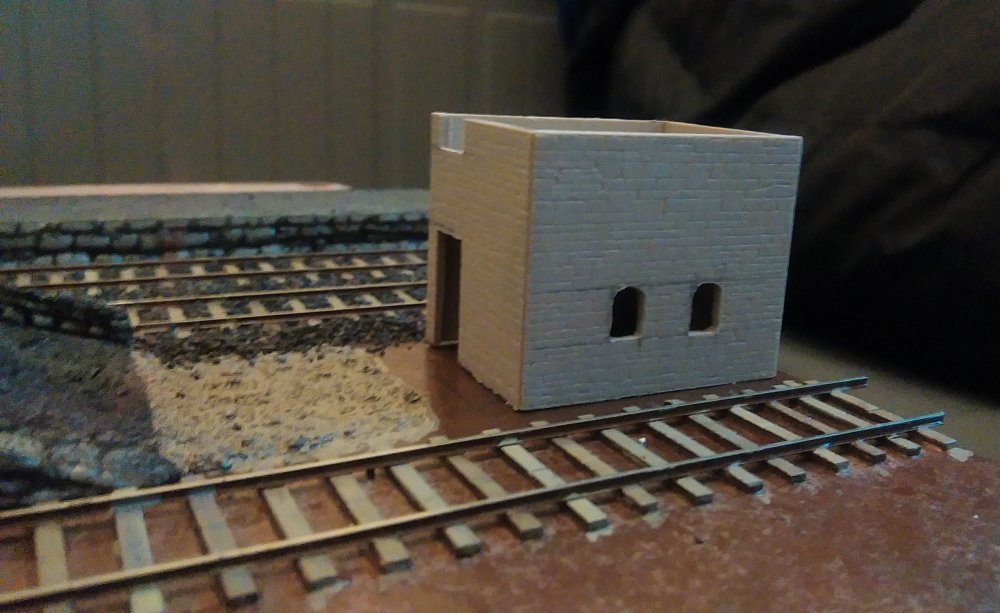
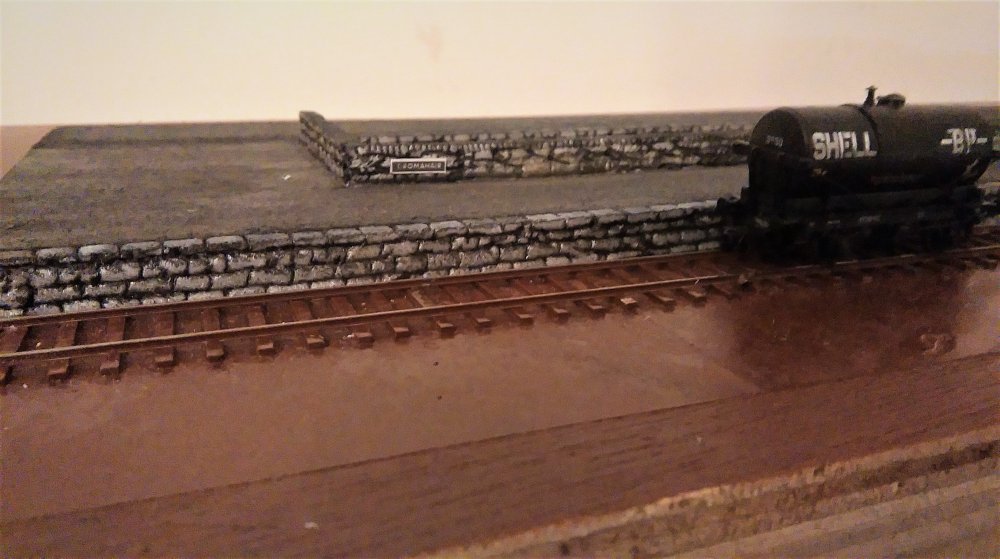
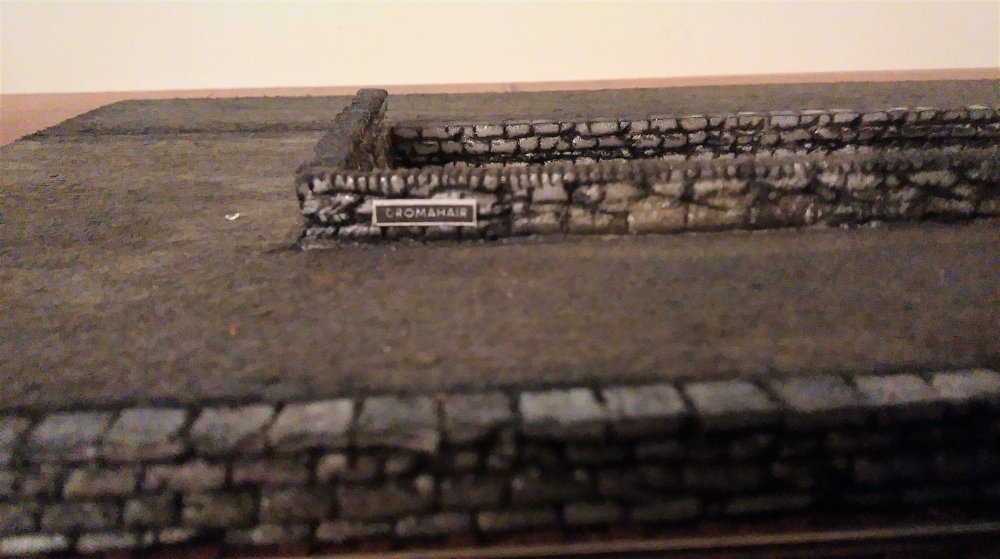
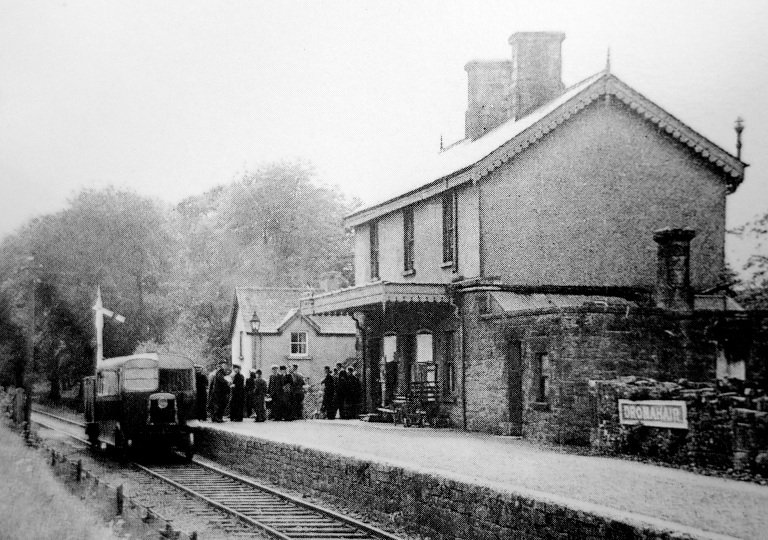
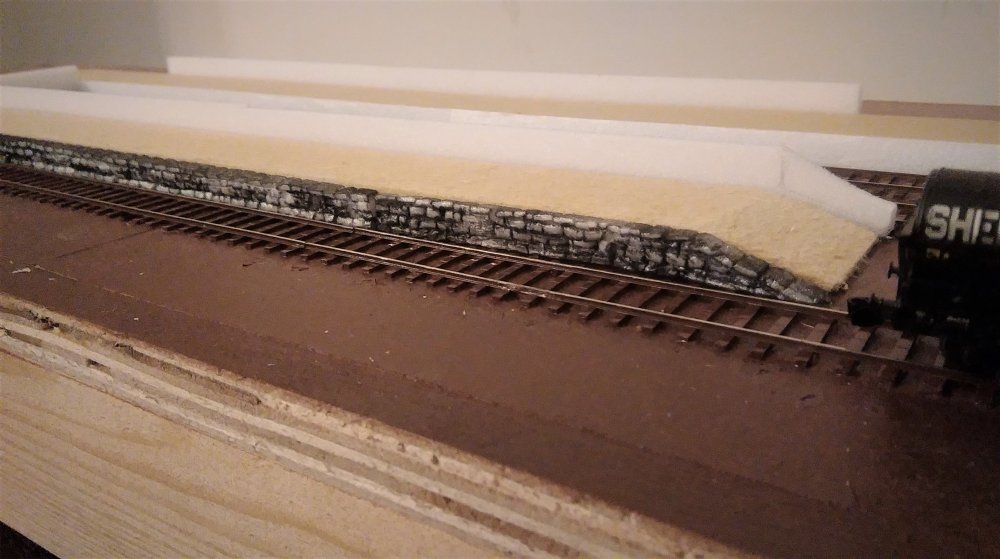
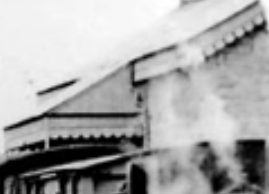

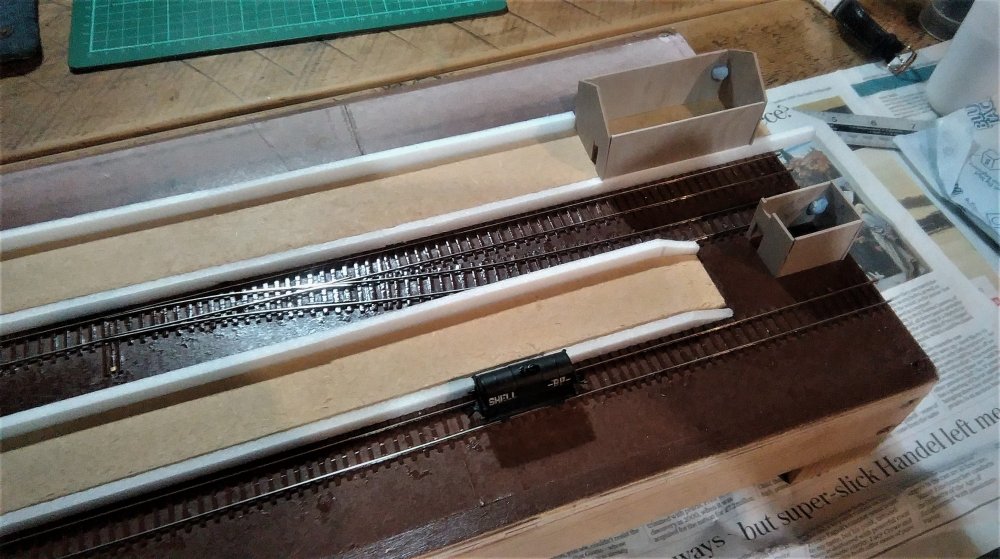
Tales from the carriage shops
in Workbench
Posted
The book has arrived today and is indeed very comprehensive, definitely a worthwhile purchase.
My spreadsheet refers out to relevant photos so not a complete waste of time thankfully!